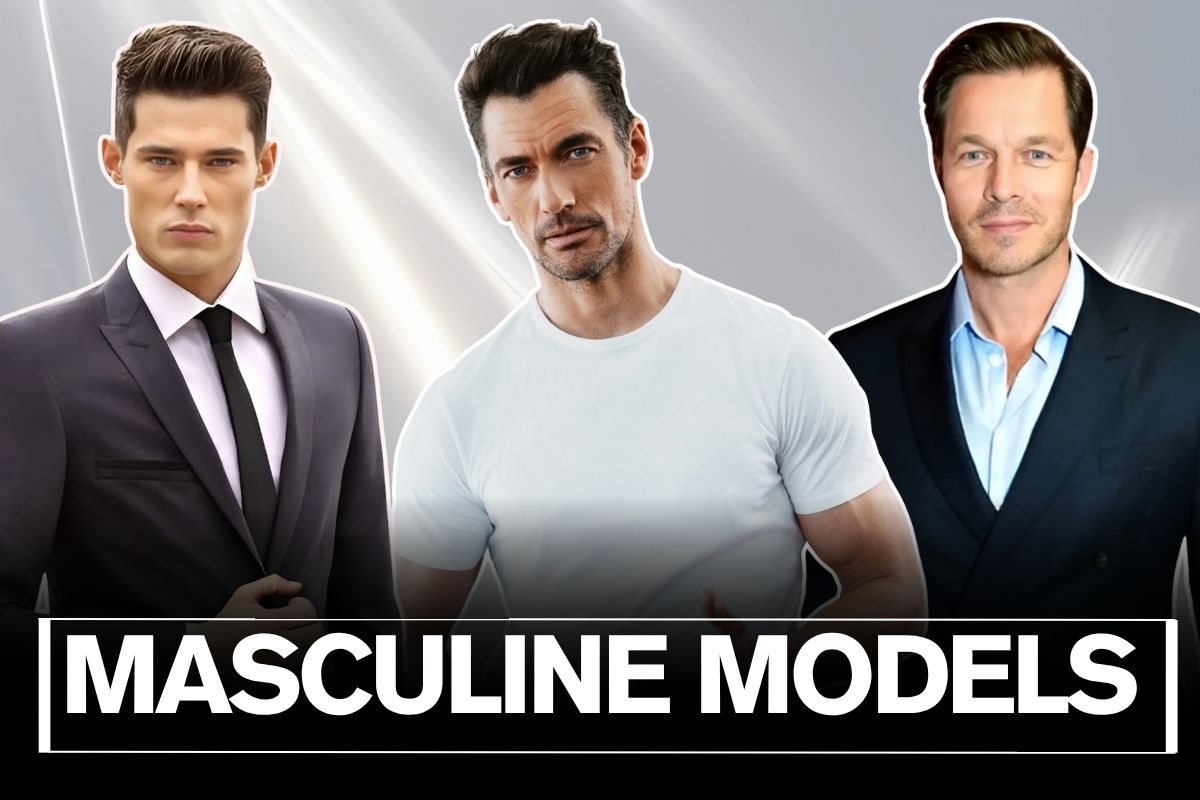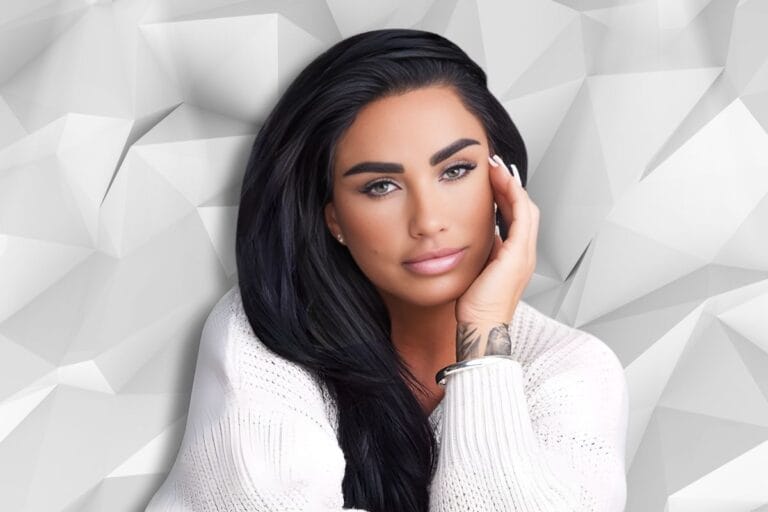What do you think of when you think of the term “masculine model”? Is a tall man in a smart suit or someone built for a sports brand? There are masculine models in every look and style and from every background. Some walk fashion runways. Others model everyday wear in stores or in social media posts. In this article, you’ll find out how various kinds of male models are influencing the world of fashion today without needing to fit one fixed look.
What Makes a Model ‘Masculine’?
A masculine model often has a muscular or toned body. He may look athletic. Height often matters too. Many models stand over 6 ft (about 183 cm). But other factors matter too.
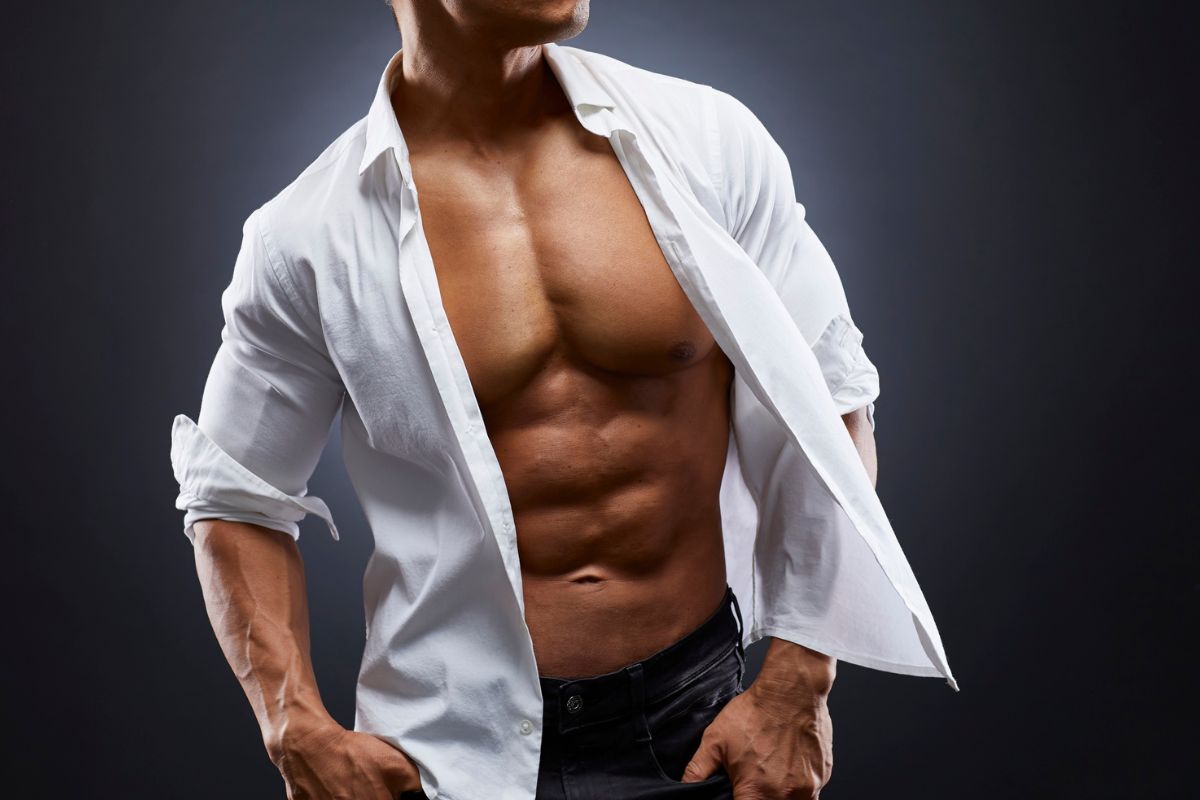
Confidence and presence can change everything. Even a lean or shorter model can work well in editorial roles. Personality matters. A model who stands tall, knows how to pose, and shows character can shine as much as a taller, more muscular one.
Famous Masculine Models from the UK
David Gandy tops the models list. He won a modelling contest in 2001 and became a face of Dolce & Gabbana. His muscular build redefined menswear. He remains a top-earning male model today. He shows you don’t need to look like a teenage model to succeed.
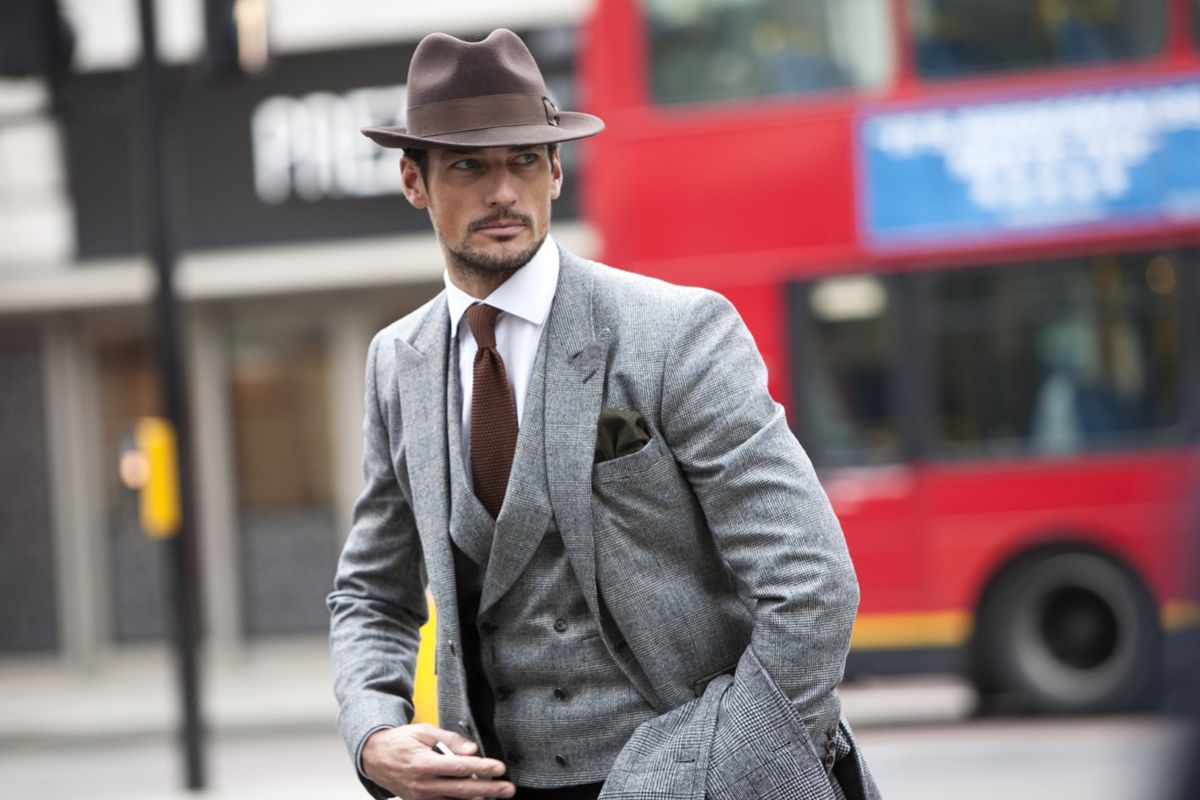
Paul Sculfor found fame in the early 1990s after winning The Face of ’92 competition. He walked for big brands like Armani and Versace. He proved a classic masculine look can win big in fashion.
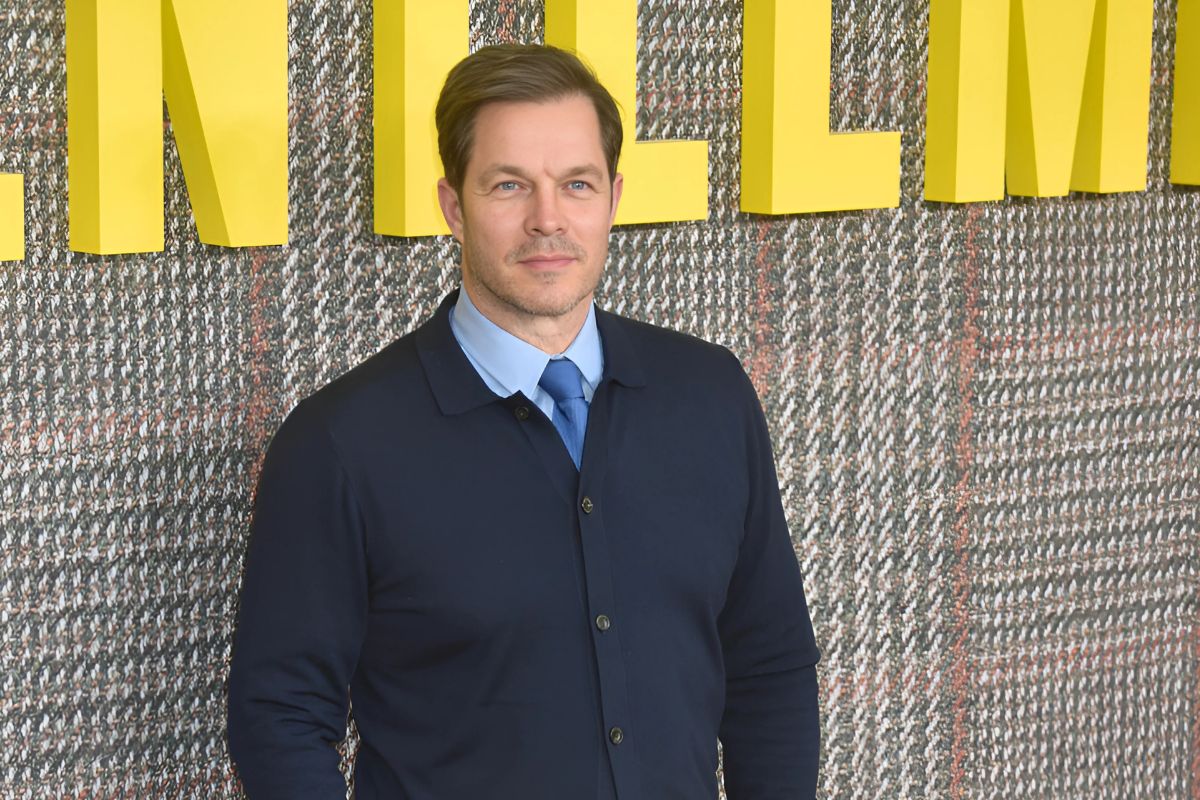
Danny Schwarz began his modelling career in 2008 and modelled for Calvin Klein and Armani Jeans. He earns top rankings in global modelling lists. His career shows that mature male models have staying power.
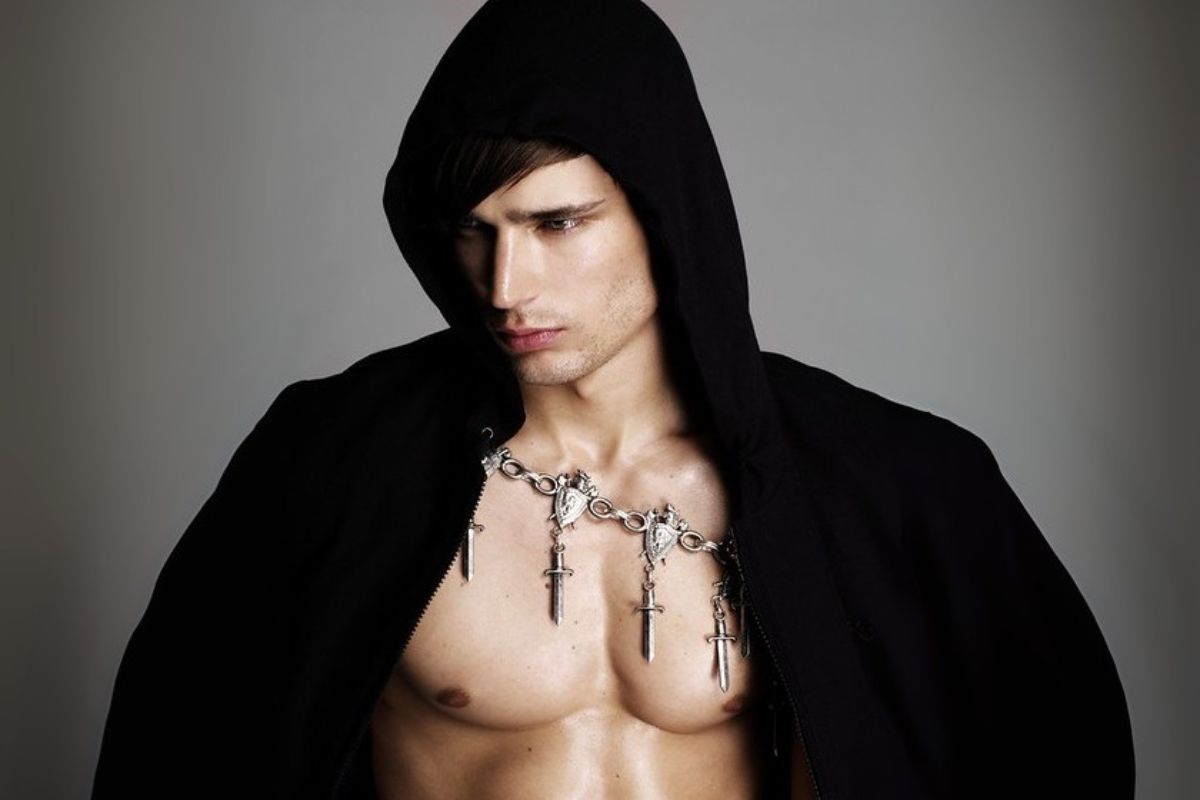
Models with a Twist
Masculinity in fashion does not always mean bulk. Pietro Boselli combines brain and brawn. He started as a maths teacher at University College London. Then he became a model for Armani. He proves that intelligence and strength mix well in modern modelling.
Leon Dame is another example. He walks for avant-garde brands and challenges typical male aesthetics. He shows that masculinity can include fluid styles and confident self-presentation.
Runway Trends and Masculine Representation
Recent fashion weeks leaned towards natural looks. Designers favoured barely-there grooming and natural haircuts. Facial hair returned. The trend felt less polished and more human. Models appeared more like real people.
This change supports broader types of masculine beauty today. Brands now feature models who do not follow rigid rules. Male models with beards, tattoos or longer hair gain space in the spotlight.
Challenges for Masculine Models
Male models appear in fewer front campaigns compared to women. Only 14% of global magazine covers feature a man alone in 2025. Women remain dominant in fashion media. But that is shifting slowly. More brands now cast for commercial wear and lifestyle shoots. Men get more chances today, especially in the streetwear and fitness sectors.
Still, male models need to meet specific standards. Height between 5′11″ and 6′3″ remains common. High-fashion roles often call for that range. Commercial modelling can allow more variation.
How Models Start Their Careers
Many UK models begin casually. They apply to agencies or share photos online. Good agencies scout widely. They look for height, posture, and confidence. Smiles, poses, and charm matter. A best-looking photo with no filter can help.
Once in, models train. They learn how to walk and pose. They need to read directions from stylists and photographers. They travel for shoots. They build portfolios. Some move from commercial shoots to runway and back again depending on how well they adapt.
What Brands Want Today
Brands want models who feel real. They want characters with life and style. A model who looks like someone in the café or at work draws attention. They stop being just a model. They become an idea.
Classic models like David Gandy still get high-end contracts. They fit the timeless male image. Now, there’s space for others too. Men with tattoos or non-traditional looks can also sell clothes well. Brands want to speak to everyone. That builds a broader image.
Future of Masculine Modelling
The industry is slowly including more body diversity. That shows things are changing. Still, fashion weeks need to improve further.
Social media helps today’s masculine models, too. A model can use Instagram to grow a personal following. That makes them more valuable to brands. Followers see who the model is. That adds to their spotlight.
Final Thoughts
Masculine modelling does not fit one mould. It includes height, build, style, and confidence. It can include muscle, lean frames, or unique looks. Strong or quiet, models can shape fashion. They show how masculinity moves, lives, and grows.
If you see a model who stands tall, moves well, and carries clothes with ease, that is a masculine model. Whether they walk for Prada or link arms with Chanel, they carry more than clothes. They carry an idea, and that idea matters in the changing world of fashion.

